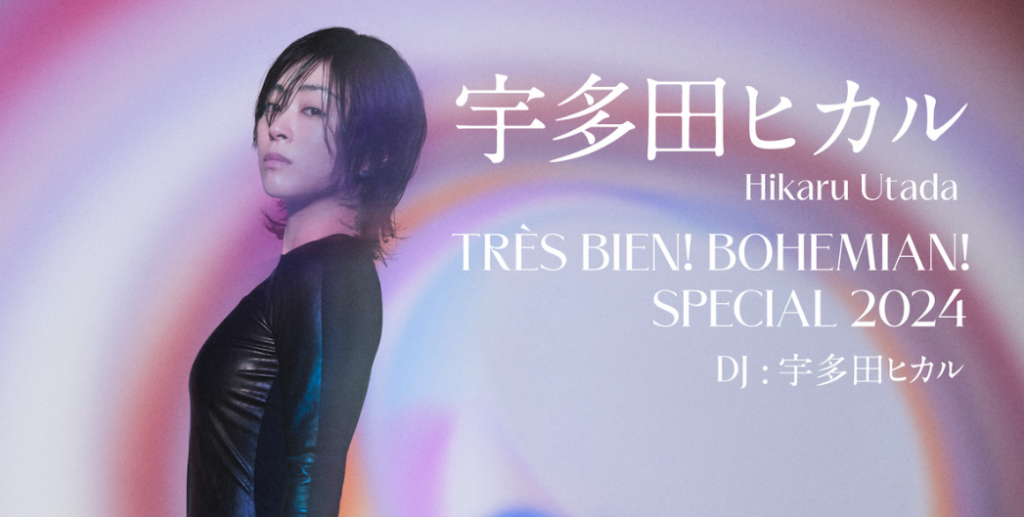
Lesson 8 Japanese book or author
Topic Question: Can you suggest a Japanese book or author I should read? What is the story about?
▮ Try Answering the Question Yourself
Think about your favorite Japanese books or authors and the stories they have written. Consider why someone might find these stories interesting or important.
▮ Sample Answer
“I recommend ‘Kokoro’ by Natsume Soseki. It’s a deep story about friendship, loneliness, and the generation gap in Japan. It shows complex emotions and Japanese culture.”
▮ Words to Learn and Their Meanings about Sample Answer
-Pronounce the Words Correctly (Pronunciation Training) + Make Sentences Using the Words Instantly
- Recommend (お勧めする): To suggest that someone or something would be good or suitable for a particular purpose or job.
- Friendship (友情): The emotions or conduct of friends; the state of being friends.
- Loneliness (孤独): Sadness because one has no friends or company.
- Generation gap (世代間の隔たり): Differences of outlook or opinion between people of different generations.
- Complex (複雑な): Consisting of many different and connected parts.
▮ Answer the Instructor’s Questions Based on the Sample Answer
- What book does the student recommend?
- What themes does “Kokoro” explore?
- Can you name some emotions or concepts that are important in “Kokoro”?
▮ Mastering Middle School English Grammar
Do you… ? (simple present questions)
I am doing (present continuous) and
I do (simple present)
A: Jack is watching television.
He is not playing the guitar.
Is he playing the guitar? No, he isn’t.
Does he play the guitar? Yes, he does.
B: Present continuous (I am doing) = now, at the time of speaking:
Tom is taking a shower at the moment. (not Tom takes)
C: Simple present (I do) = in general, all the time, or sometimes:
I work every day from 9:00 to 5:30.
Tom takes a shower every morning.
It rains a lot in the winter.
I don’t watch television very often.
What do you usually do on weekends?
D: We do not use these verbs in the present continuous (I am -ing):
like prefer love hate want need know mean understand believe remember forget .
Use only the simple present with these verbs (I want/ do you like?, etc.):
Example Sentences:
A: Do you read Japanese books?
B: Does she understand the story’s themes?
C: Do we always find the generation gap in stories?
Make Sentences based on the above Example Sentences Yourself:






















